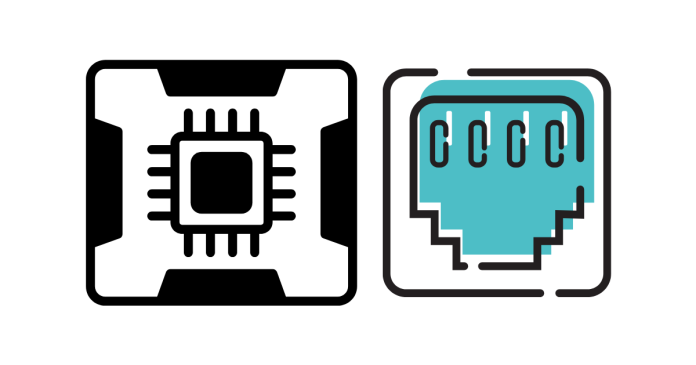A socket is an endpoint for sending or receiving data across a computer network. It acts as an interface between an application and the network, enabling communication between devices over a network using protocols like TCP (Transmission Control Protocol) or UDP (User Datagram Protocol).
Key Components of a Socket
- IP Address: Identifies a device on the network.
- Port Number: Specifies the particular application or service on the device.
- Protocol: Defines how the data will be transmitted (e.g., TCP or UDP).
Together, an IP address and a port number form a socket address.
Types of Sockets
- Stream Sockets (TCP)
- Use TCP for reliable, connection-oriented communication.
- Ensures data integrity and delivery.
- Example: Web browsers and servers use TCP sockets.
- Datagram Sockets (UDP)
- Use UDP for connectionless, faster communication.
- Does not guarantee data delivery or order.
- Example: Online gaming or video streaming.
- Raw Sockets
- Provide direct access to lower-layer network protocols like IP.
- Commonly used for custom protocol implementation and diagnostics.
Socket Operations
Here are the typical operations involved in socket communication:
- Server Side:
- Socket Creation: Create a socket using system calls (e.g.,
socket()in C). - Bind: Associate the socket with an IP address and port number.
- Listen: Make the socket ready to accept incoming connections.
- Accept: Establish a connection with a client.
- Socket Creation: Create a socket using system calls (e.g.,
- Client Side:
- Socket Creation: Create a socket using the
socket()function. - Connect: Connect to the server using its IP address and port.
- Socket Creation: Create a socket using the
- Both Sides:
- Send/Receive: Exchange data using functions like
send(),recv(), or similar.
- Send/Receive: Exchange data using functions like
- Close: Terminate the connection when communication is complete.
Socket Programming
Socket programming involves writing code to create and use sockets for communication. Most programming languages like Python, Java, and C provide libraries or APIs for socket programming.
Example in Python (TCP)
import socket
# Server
server_socket = socket.socket(socket.AF_INET, socket.SOCK_STREAM)
server_socket.bind(('localhost', 8080))
server_socket.listen(1)
conn, addr = server_socket.accept()
print('Connected by', addr)
conn.sendall(b'Hello, Client')
conn.close()
# Client
client_socket = socket.socket(socket.AF_INET, socket.SOCK_STREAM)
client_socket.connect(('localhost', 8080))
data = client_socket.recv(1024)
print('Received', data.decode())
client_socket.close()
Advantages of Sockets
- Low-level control over data transfer.
- Flexible communication for a wide range of applications.
- Supports both connection-oriented (TCP) and connectionless (UDP) communication.
Disadvantages of Sockets
- Programming complexity.
- Overhead in managing connections and data integrity.
- Requires error handling for issues like network failures.
Applications of Sockets
- Web Browsers and Servers: Use TCP sockets for HTTP/HTTPS communication.
- Email Protocols: SMTP, IMAP, and POP use sockets for data transfer.
- Messaging Apps: Use sockets for chat and real-time messaging.
- Gaming: Use UDP sockets for fast, connectionless communication.
Sockets are a fundamental building block for communication in computer networks, enabling devices to exchange data seamlessly.


